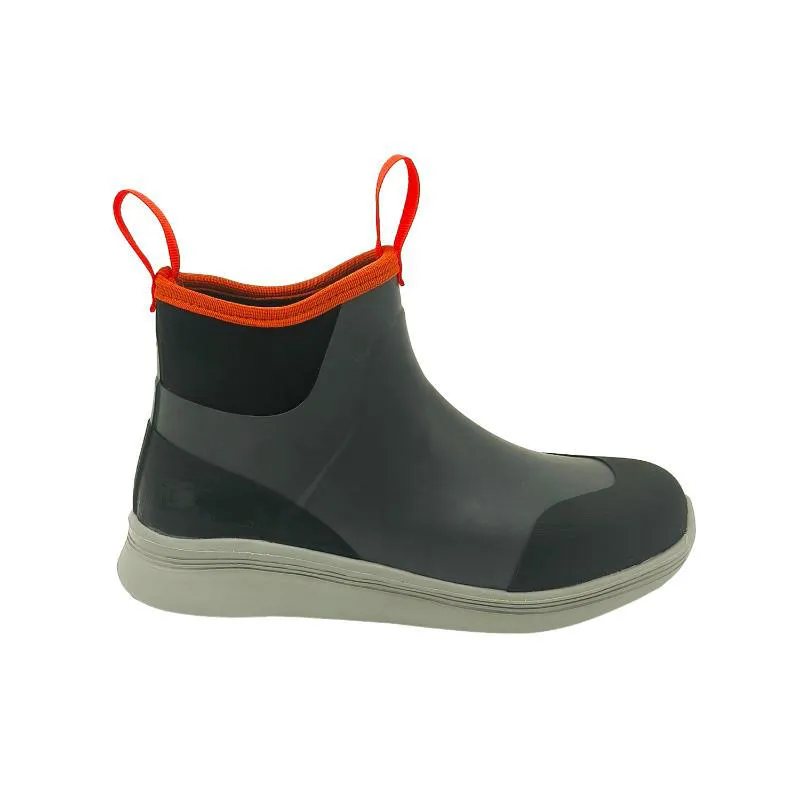Women in Waders Navigating Challenges and Embracing Opportunities
In recent years, the image of women in waders has gained newfound prominence across various outdoor and environmental fields. Traditionally dominated by men, activities like fishing, conservation, and aquatic research are increasingly seeing women donning waders, not just as a practical outfit for outdoor activities but as a symbol of empowerment and a challenge to gender norms. This article explores the significance of women in waders, the hurdles they face, and the impact they are making in these fields.
Breaking Stereotypes
The sight of women in waders may seem ordinary now, but it signifies a powerful shift in societal perspectives. Historically, outdoor activities like fishing and water sports were often seen as masculine pursuits. However, women have always been integral to these fields, even if they were not visibly represented. With awareness of gender equality gaining momentum, women have stepped into these roles confidently, proving that passion and skill know no gender.
Inspiring Stories
Across the globe, there are countless stories of women who have excelled in environments traditionally reserved for men. Biologists, conservationists, and environmentalists are increasingly finding their footing in wetlands, rivers, and lakes. Their stories often highlight a profound connection to nature, pushing past the status quo to carve out their paths. For example, women like Dr. Jane Goodall have set a precedent, showing that dedication and hard work can break down barriers in environmental science.
The Power of Representation
Representation matters; it encourages young girls to pursue careers in science, technology, engineering, and mathematics (STEM) and to participate in outdoor activities. When young girls see women confidently navigating waterways in waders, it dispels myths about gender roles. Organizations and initiatives designed to empower women in these fields are increasingly common. Programs such as “Chicks with Sticks” and female-led conservation initiatives provide mentorship and resources specifically aimed at supporting women pursuing careers in these traditionally male-dominated areas.
women in waders

Overcoming Hurdles
Despite the progress, there are still significant barriers women face in outdoor and environmental professions. Gender bias, lack of representation in leadership roles, and limited access to mentorship in these fields can pose challenges. Moreover, women often encounter skepticism about their expertise and capabilities. These hurdles, however, are being addressed through advocacy, awareness, and supportive networks. Many women are now forming alliances, creating spaces where they can share experiences, offer guidance, and promote each other in their careers.
Building Community and Partnerships
A crucial aspect of fostering women's involvement in outdoor professions is the creation of community. By leveraging social media platforms and networks, women in waders are sharing their experiences, knowledge, and passions. Online forums, podcasts, and social media hashtags, such as WomenInWaders, provide platforms for women to connect, collaborate, and support one another. These communities foster a sense of belonging, breaking the isolation that can often accompany working in male-dominated fields.
The Future is Bright
The increasing visibility of women in waders presents a promising outlook for the future. As more women enter fields like environmental science and outdoor recreation, they bring fresh perspectives and innovative ideas, which are crucial for tackling contemporary challenges like climate change and biodiversity loss. The involvement of women not only enhances the diversity of thought but also leads to more comprehensive solutions.
In conclusion, the image of women in waders is more than just a trend; it is a reflection of changing societal values, the pursuit of gender equality, and the power of female representation in the outdoors. As women continue to break barriers and inspire future generations, they pave the way for a more inclusive and sustainable future. The journey is ongoing, and the impact of women in waders will resonate for years to come, inspiring countless others to take the plunge into the great outdoors.
-
Stay Dry in Any Condition with WadersNewsJul.17,2025
-
Elite Performance with Camouflage Combat BootsNewsJul.17,2025
-
Dry and Comfortable with Green Rubber Garden ShoesNewsJul.17,2025
-
Convenient Protection with Foldable RainbootsNewsJul.17,2025
-
Comfort and Protection with Neoprene Work BootsNewsJul.17,2025
-
Brighten Rainy Days with Floral Rain BootsNewsJul.17,2025
-
Safety Wellies: The Ultimate Combination of Protection, Comfort, and VisibilityNewsJun.19,2025











